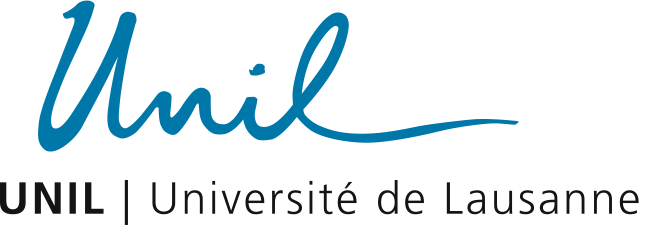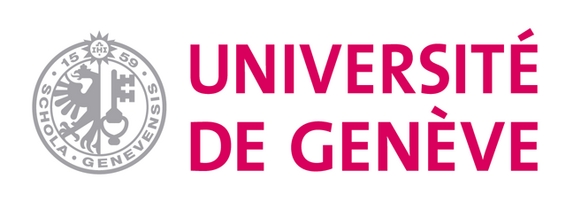In the LIVES framework, coping with vulnerability consists of a dynamic between resources and stressors, whereby individual agency is situated within social structure. The “agency within structure” paradigm seeks to study the individual strategies that lead attain biographical outcomes (or effects on people’s lives). It also explores how these strategies are fostered, constrained or otherwise interact with the social context.

Individuals interact on a daily basis in various formal or informal social groups, networks, neighbourhoods, social policy agents or communities that belong to the meso-level (intermediate level between the micro - individual - and the macro - societal). The main weakness of the “agency within structure” approach relying on macro and micro models is their difficulty in explaining mechanisms. At the meso-level we aim to understand mechanisms related to vulnerabilisation by examining how individuals with less resources act within formal and informal meso-level groups in order to gain coping resources. Specifically, we address the two-sidedness of policy and meso-level factors which are often both including and excluding; they can enhance resilience or reinforce vulnerability.
From 2015 to 2020, a team of this research project conducted a study with of young people who had grown up in Switzerland, included in the Swiss Household Panel (SHP).
IP1-Meso-level seeks to address three gaps in the state-of-the-art literature:
- Depth of analysis of meso-level and policy mechanisms of vulnerabilisation.
- Interdisciplinary perspective of many analyses at the meso-level.
- Theoretical systematization of meso-level influences on vulnerability processes. Combining psychology, economics, social demography and sociology in research teams and by explicitly formulating interdisciplinary research questions and hypotheses, we aim to deepen the understanding of mechanisms of vulnerability.
Research questions
How do various dimensions of group membership and personal networks facilitate or hinder successful coping with life-course challenges?
Vulnerability is often associated with future, present or past change in the individual’s social contexts, which generate a significant amount of uncertainty. While social norms defined by group identities and network memberships may amplify and consolidate processes of vulnerabilisation, they may also be helpful in coping with disadvantages.
How do communities influence the dynamics of vulnerabilisation?
Meso-level contexts such as neighbourhoods have an important influence on the effects of structural variables, such as gender, age or social class. Our research will study which networks people mobilise in times of hardship in relation with their neighbourhood and how these interact with the socio-economic resources lodged with them.
How do social policies promote or hinder coping with vulnerability?
Social policies convey normative and cognitive expectations that impede taking proper account of the various dimensions of the life trajectories of beneficiaries. As such, they act as misleading norms with ambivalent effects on disadvantaged people and their ability to cope with vulnerability. We aim to identify the mechanisms of this ambivalence in the interplay between meso-level structures and individual agency.




